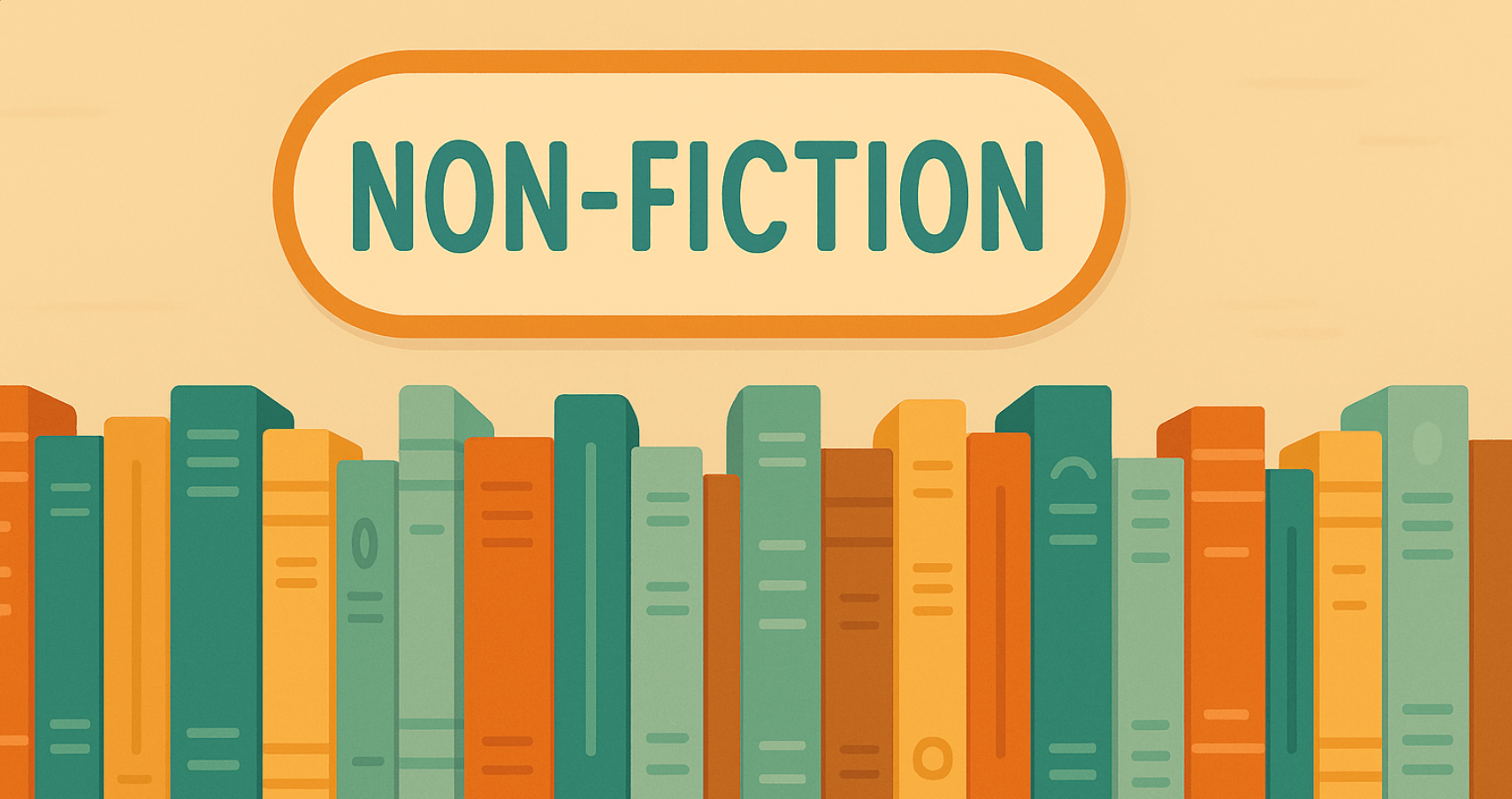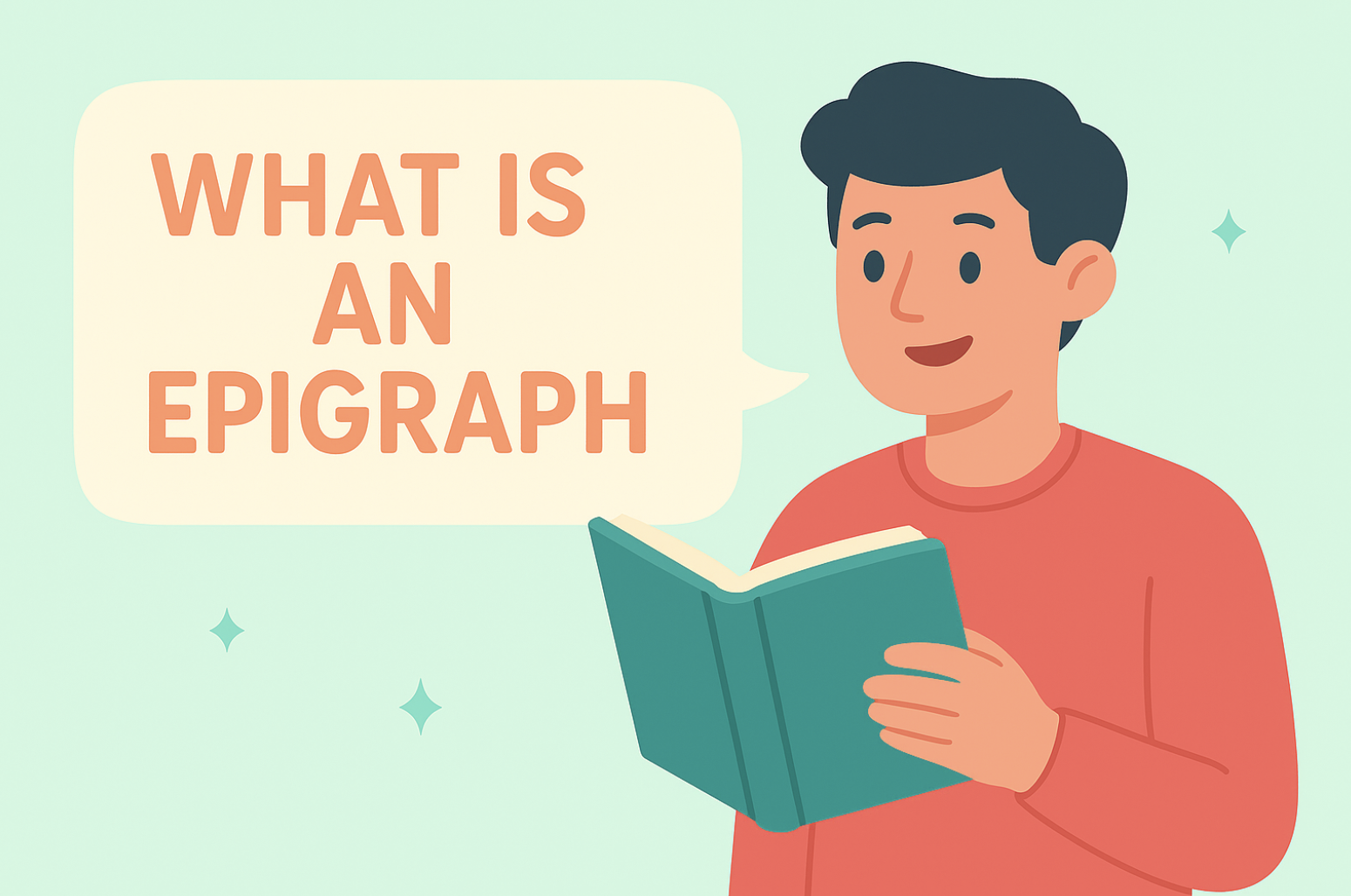Ever finished reading a story, sat back, and thought, “What exactly was that all about?” Don’t worry—you’re certainly not alone. Understanding what the theme of a story is can sometimes feel like trying to decipher a hidden message written in invisible ink: it’s right there, but easy to miss.
Many readers mistakenly confuse a story’s “theme” with its “plot,” “subject,” or even its “moral.” But the theme is actually the deeper meaning woven subtly throughout the narrative. Think of it as the core idea or insight that gives a story lasting significance.
In this article, we’ll clearly define what is the theme of a story, share examples from popular novels, and offer practical tips to help you pinpoint the theme in any narrative—whether it’s classic literature, your favorite movies, or your own writing project. Let’s dive in and uncover the meaningful layers beneath every story.
The Theme of a Story Definition?
At its simplest, the theme of a story is the central idea or underlying message that the author wants readers to explore. It’s not explicitly stated like the plot, nor is it merely the story’s topic—it’s the deeper insight or truth about life, humanity, or the world that’s subtly revealed through characters, actions, and events.
Many people mistakenly equate theme with plot or moral, but there are important differences:
- Plot answers the question, “What happens in the story?”
- Moral answers, “What lesson should the reader take away?”
- Theme, however, answers the deeper question, “What does this story say about human nature or life?”
For example, the plot of Romeo and Juliet involves two star-crossed lovers whose tragic romance leads to their deaths. The moral might be that impulsive actions have consequences, but the theme digs deeper: perhaps it’s about how destructive family rivalries can be, or how love can transcend societal boundaries.
Understanding what the theme of a story is helps readers appreciate narratives beyond surface-level entertainment. It enriches reading experiences and adds layers of meaning that stay with us long after the story ends.
Why Is the Theme of a Story Important?
The theme of a story isn’t just a literary buzzword—it’s the heartbeat beneath every memorable every memorable narrative. Understanding the theme transforms the reading experience from mere entertainment into something much more profound, offering insights that resonate on a deeper, often personal level.
When authors carefully develop a strong theme, they’re doing more than just telling a good story; they’re giving readers something relatable and meaningful. Themes help stories remain timeless, connecting readers from different eras, cultures, and backgrounds through shared truths about human nature and life experiences.
For example, the theme of resilience found in Harry Potter has allowed readers of all ages to find courage in challenging times. Similarly, the theme of ambition and moral corruption in Shakespeare’s Macbeth continues to spark reflections about power and its consequences even centuries later.
In short, themes elevate stories beyond plot twists or engaging characters. They invite readers to reflect, question, and perhaps even reconsider their perspectives on life, society, and themselves.
Common Themes in Stories
Stories across all cultures and time periods often revolve around universal themes—big, meaningful ideas that reflect our shared human experiences. Recognizing these common themes can help you spot them more easily in the narratives you read or write.
Here are some widely explored theme of a story examples:
- Love and Friendship:
Explores the deep bonds formed between characters, emphasizing compassion, loyalty, or sacrifice.
(e.g., Jane Austen’s Pride and Prejudice, J.R.R. Tolkien’s Lord of the Rings) - Good vs. Evil:
Examines the moral struggle between opposing forces, often highlighting courage, morality, and redemption.
(e.g., George Lucas’s Star Wars, J.K. Rowling’s Harry Potter) - Coming of Age:
Centers on the protagonist’s journey toward maturity, self-awareness, and identity.
(e.g., J.D. Salinger’s The Catcher in the Rye, Louisa May Alcott’s Little Women) - Survival and Resilience:
Highlights the human spirit’s strength in overcoming adversity, whether physical or emotional.
(e.g., Suzanne Collins’s The Hunger Games, Yann Martel’s Life of Pi) - Prejudice and Injustice:
Confronts societal discrimination and inequality, often aiming to provoke thought and inspire change.
(e.g., Harper Lee’s To Kill a Mockingbird, Khaled Hosseini’s The Kite Runner)
By understanding these common themes, you can gain deeper insights into stories, identify patterns across literature, and enrich your overall reading experience.
How to Identify the Theme of a Story
Finding the main theme in a story can initially seem challenging—like looking for hidden treasure without a map. But with the right approach, you’ll discover the theme is often hiding in plain sight. Here’s a simple method to help you uncover it:
Step 1: Summarize the Story’s Plot and Conflict
First, clearly identify what the story is about on a surface level. Who is involved, what challenges do they face, and what happens?
Step 2: Look at Character Development
Examine how the main characters change or grow from beginning to end. Character growth often signals the underlying message the author wants to convey.
Step 3: Notice Repeated Ideas or Symbols
Pay attention to repeated imagery, symbols, or dialogue. Authors often reinforce themes through repetition or symbolic elements.
Step 4: Ask Yourself Key Questions
Reflect by asking questions like:
- “What lesson can readers take from this?”
- “What is the author saying about life, society, or human nature?”
- “Why did the author write this story in the first place?”
For instance, in George Orwell’s Animal Farm, the recurring motif of corruption and power reveals a theme about the dangers of unchecked authority. Similarly, repeated references to hope and resilience in The Hunger Games emphasize themes of survival and strength in adversity.
Theme vs. Moral vs. Topic: What’s the Difference?
It’s common for readers—and even writers—to mix up theme, moral, and topic, but they each represent distinctly different concepts within storytelling. Clarifying these differences can greatly improve your understanding of what a story aims to communicate.
Theme:
- Answers: “What deeper idea or insight is the story exploring?”
- Is typically broad, complex, and open-ended.
- Example: The pursuit of power corrupts (as in Shakespeare’s Macbeth).
Moral:
- Answers: “What specific lesson should readers learn from this story?”
- Usually explicit, straightforward, and instructive.
- Example: Honesty is the best policy (as in Aesop’s The Boy Who Cried Wolf).
Topic (Subject):
- Answers: “What is the story generally about?”
- Is simply the subject matter, stated plainly without deeper interpretation.
- Example: War (as the topic of Ernest Hemingway’s A Farewell to Arms).
Example to Clarify:
In Harper Lee’s To Kill a Mockingbird:
- Topic: Racism in the American South.
- Moral: Don’t judge people before understanding their circumstances.
- Theme: Prejudice and ignorance perpetuate social injustice.
Understanding these distinctions ensures you’re accurately interpreting and analyzing narratives, whether as a student, reader, or author crafting your own stories.
Examples of Theme in Popular Stories
Examining specific examples can help clarify how themes operate within stories. Here are a few famous narratives, each showcasing a clear and compelling theme:
1. The Great Gatsby by F. Scott Fitzgerald
- Theme: The elusive nature of the American Dream and how chasing wealth and status can lead to emptiness and tragedy.
2. Harry Potter by J.K. Rowling
- Theme: Love and friendship provide strength and can overcome even the darkest circumstances.
3. Romeo and Juliet by William Shakespeare
- Theme: The destructive power of hatred and prejudice, and the consequences of feuding families on younger generations.
4. 1984 by George Orwell
- Theme: The dangers of totalitarian government and loss of individual freedom.
5. Charlotte’s Web by E.B. White
- Theme: True friendship involves sacrifice, loyalty, and selflessness.
These examples of illustrate how authors weave deeper meanings into their narratives, creating stories that resonate beyond mere entertainment. Recognizing these themes enriches the reading experience, deepening both comprehension and appreciation for literature’s lasting impact.
How to Write a Story With a Strong Theme
Crafting a story with a clear and impactful theme is essential if you want your narrative to resonate deeply with readers. Here’s how you can intentionally develop a strong theme in your writing:
Step 1: Start with a Central Idea
- Decide early on what meaningful idea you want to explore (e.g., friendship, courage, redemption).
- Your theme doesn’t have to be groundbreaking, but it should reflect something you genuinely care about or want to communicate.
Step 2: Align Characters with Your Theme
- Create characters whose struggles, goals, and developments naturally reinforce your chosen theme.
- For example, if your theme involves resilience, build a protagonist whose journey consistently tests their ability to persist through challenges.
Step 3: Weave the Theme into Plot and Conflict
- Ensure the central conflicts and resolutions directly illustrate the theme.
- For instance, a story about the corrupting influence of power might revolve around a protagonist gradually losing their integrity as they gain authority.
Step 4: Use Symbolism and Motifs
- Introduce symbols or repeated motifs throughout your narrative to subtly highlight the theme.
- In Lord of the Flies, William Golding repeatedly uses the conch shell to symbolize civilization and order, emphasizing his theme of society versus savagery.
Step 5: Avoid Preaching
- Themes work best when subtly revealed rather than explicitly stated. Allow readers to interpret meaning rather than dictating it outright.
- Trust your audience to discover the theme through character actions, consequences, and outcomes rather than through overt statements or moralizing.
By intentionally incorporating these elements into your writing process, your story’s theme will become clearer, richer, and far more compelling to readers—elevating your work beyond simple storytelling into meaningful literature.
Unlocking the Power of Theme in Stories
Recognizing the theme of a story deepens your connection with narratives—whether you’re reading literature, watching movies, or creating your own. Themes turn stories into reflections of human experience, making them resonate beyond just entertainment.
When you spot a story’s underlying message, you unlock layers of meaning that might otherwise remain hidden, giving you a richer, more thoughtful perspective each time you engage with a narrative.
FAQs – What Is a Theme Of a Story
Q1: What is the theme of a story?
The theme of a story is the central idea or underlying message that the author explores through characters, plot, and setting. It often reflects universal concepts like love, justice, or identity and conveys a deeper meaning beyond the surface events of the story.
Q2: Can a theme be one word?
Yes, a theme can be summarized in one word, such as “love,” “betrayal,” or “freedom.” However, it’s often more complex than a single word and may involve a broader exploration of the concept within the story.
Q3: How do you identify the theme of a story?
To identify the theme, look at the overall message the author is trying to convey. Consider the story’s conflicts, the decisions characters make, and the outcomes. The theme will often be linked to the character’s journey and the resolution of the plot.
Q4: What is the difference between a topic and a theme?
A topic is the subject matter of a story (e.g., “war,” “friendship,” or “family”). The theme, however, is the deeper message or lesson the author conveys about that subject matter, such as the impact of war or the strength of friendship.
Q5: How do I find the theme of my story?
To find the theme of your story, think about the central conflict or the main message you want your readers to take away. Ask yourself: What do the characters learn by the end of the story? What moral or universal truth are you trying to communicate?
Q6: What are the steps in identifying a theme?
The steps in identifying a theme include:
Analyze the main events and conflicts of the story.
Consider how the characters evolve throughout the plot.
Identify key symbols and motifs that might reinforce the theme.
Reflect on the resolution of the story and what it suggests about the theme.
Q7: Does a story need a theme?
While not all stories have an overt theme, a strong theme adds depth and resonance to a story. It helps engage readers by providing a deeper understanding of the plot and characters, making the story feel more meaningful.







